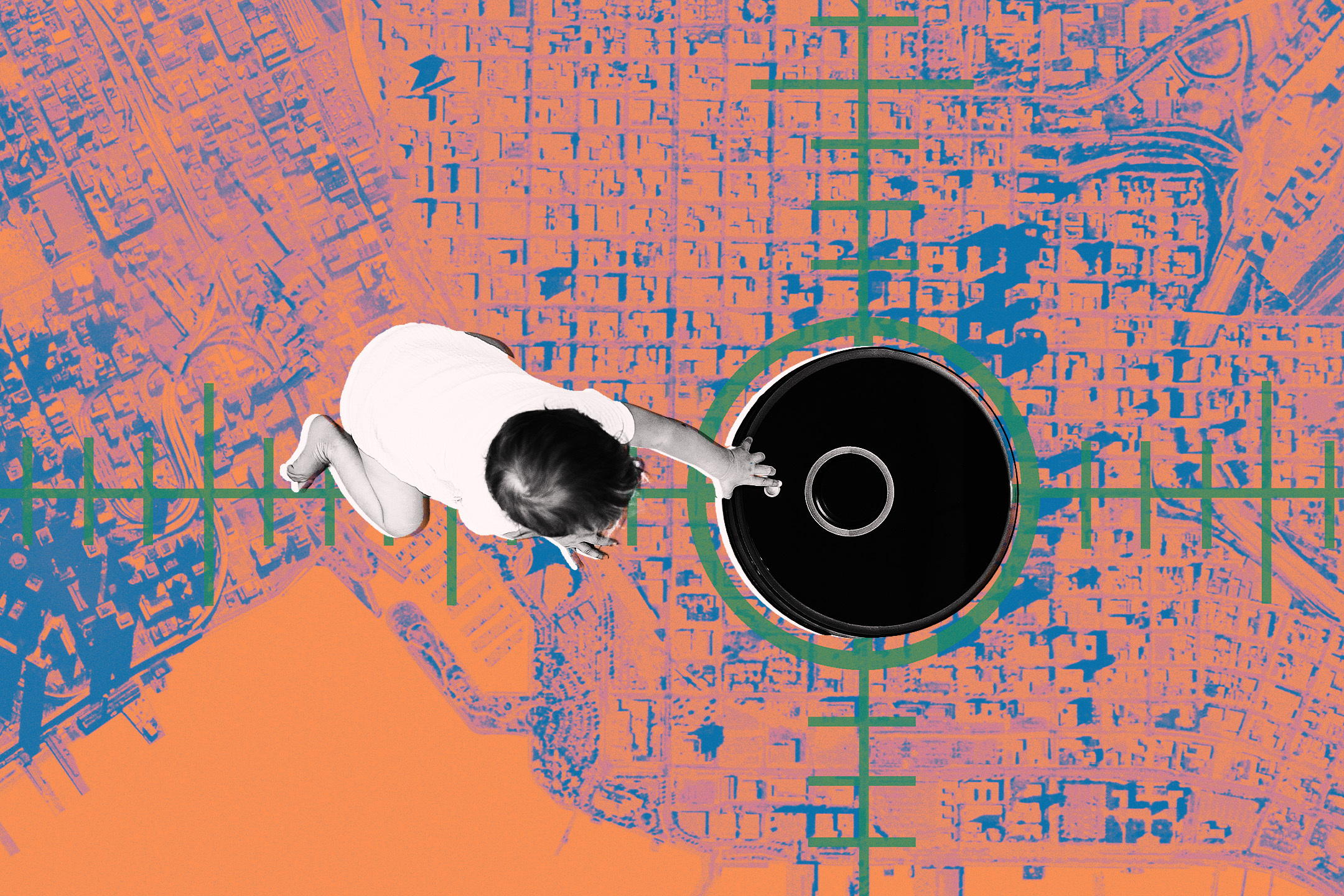A computer programmer’s investigation into his smart vacuum has unveiled a significant privacy concern, revealing that the device was transmitting sensitive data about his home. Harishankar Narayanan, a technology enthusiast, shared his unsettling experience with the iLife A11 vacuum on his blog, Small World, after monitoring its network traffic for unusual activity.
Narayanan, who described himself as “a bit paranoid,” discovered that the vacuum was sending a “steady stream” of data to servers located thousands of miles away. He noted, “My robot vacuum was constantly communicating with its manufacturer, transmitting logs and telemetry that I had never consented to share.” Alarmed by this revelation, he took steps to stop the device from broadcasting certain data while allowing necessary updates to continue.
Despite these precautions, the vacuum malfunctioned shortly after he restricted its data transmission. Narayanan sent the device for repairs, but the service center reported that it was functioning correctly. Once returned, the vacuum worked temporarily before failing again. After several unsuccessful repair attempts, the center ultimately declared the device out of warranty, leaving Narayanan with a non-functional gadget he had purchased for $300.
Determined to uncover the issue, Narayanan disassembled the vacuum and engaged in a meticulous reverse engineering process. This included reprinting the device’s circuit boards and testing its sensors. What he found was alarming: the vacuum was running on Google Cartographer, an open-source program designed for mapping environments in 3D. The device was not only creating a map of his home but was also transmitting this data back to its manufacturer.
In a further twist, Narayanan discovered a suspicious line of code sent from the company to the vacuum at the precise moment it stopped working. He wrote, “Someone — or something — had remotely issued a kill command.” After reversing the changes, he restored the device’s functionality, revealing that the company had the ability to disable devices remotely, potentially as a form of enforcement for data compliance.
Narayanan cautioned that many other smart vacuums likely operate under similar systems, asserting, “Our homes are filled with cameras, microphones, and mobile sensors connected to companies we barely know, all capable of being weaponized with a single line of code.” His experience serves as a stark reminder that the technology designed to simplify our lives often comes with hidden costs that extend well beyond the initial purchase price.
This incident highlights the critical importance of consumer awareness regarding the privacy implications of smart devices. As technology continues to evolve and integrate more deeply into our daily lives, understanding the potential risks associated with these innovations becomes essential for informed consumer choices.
